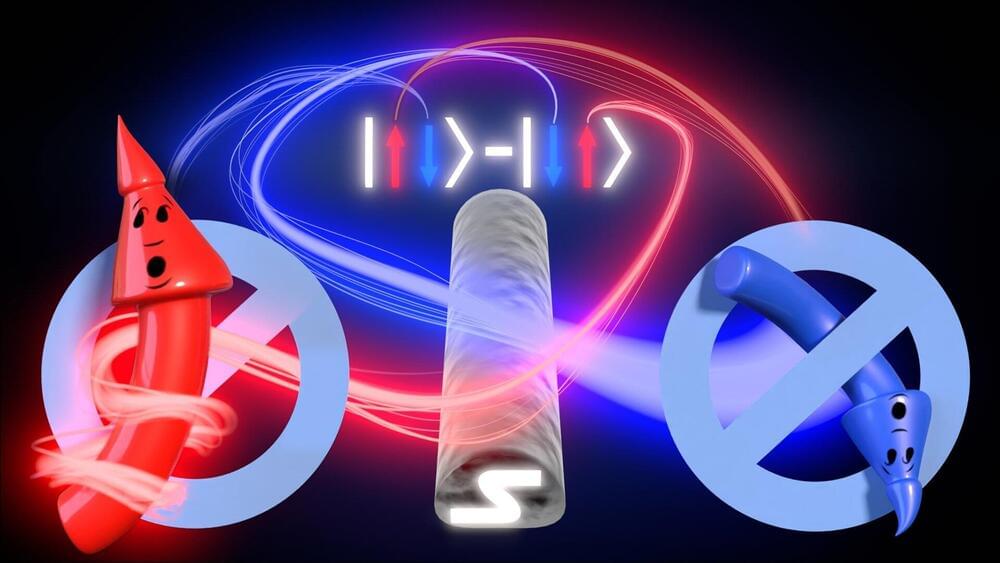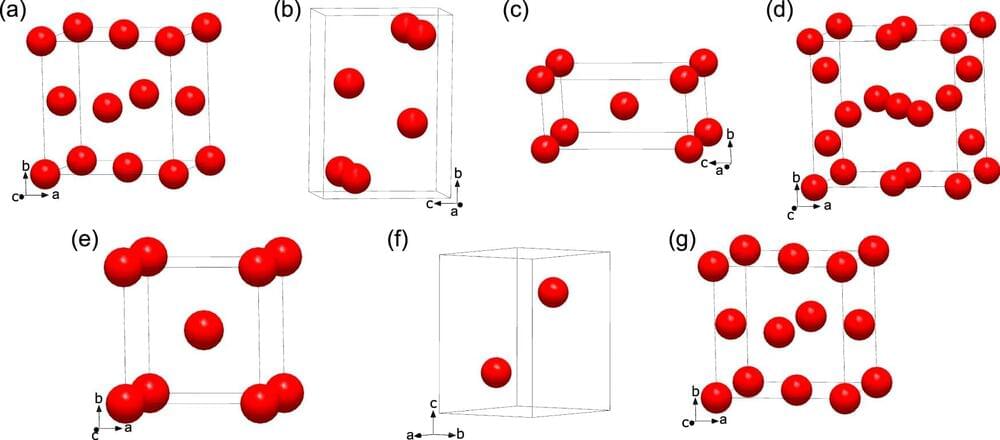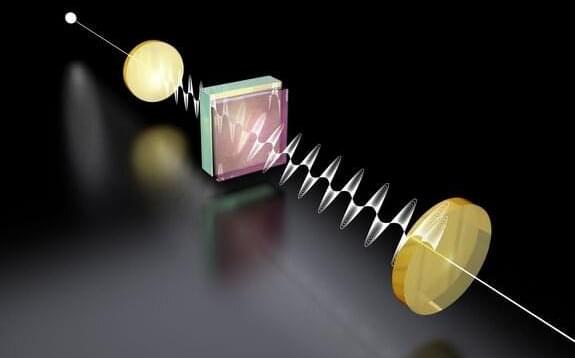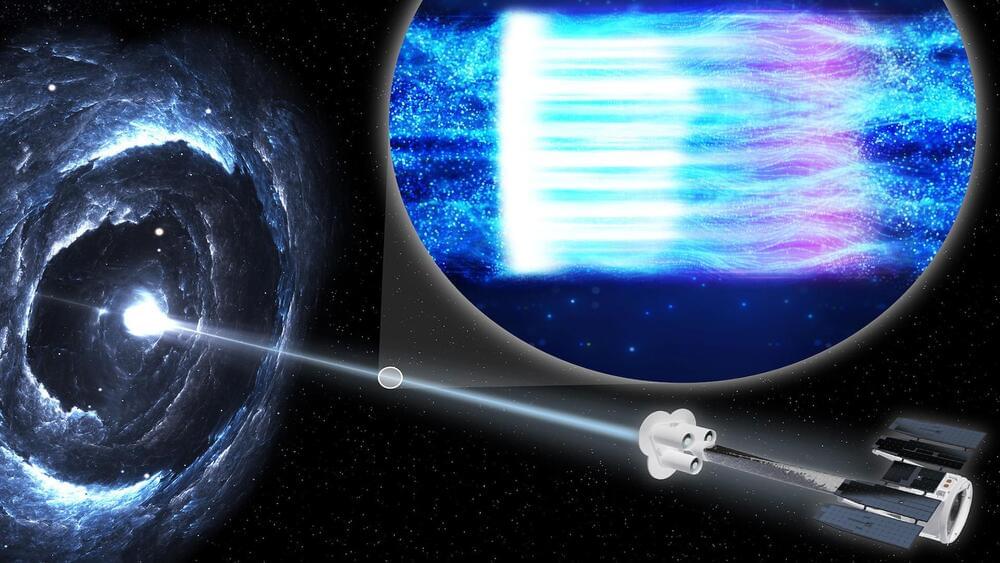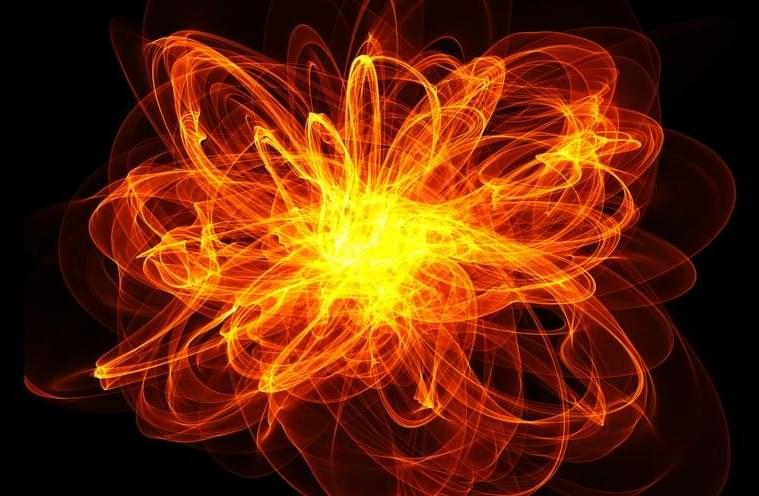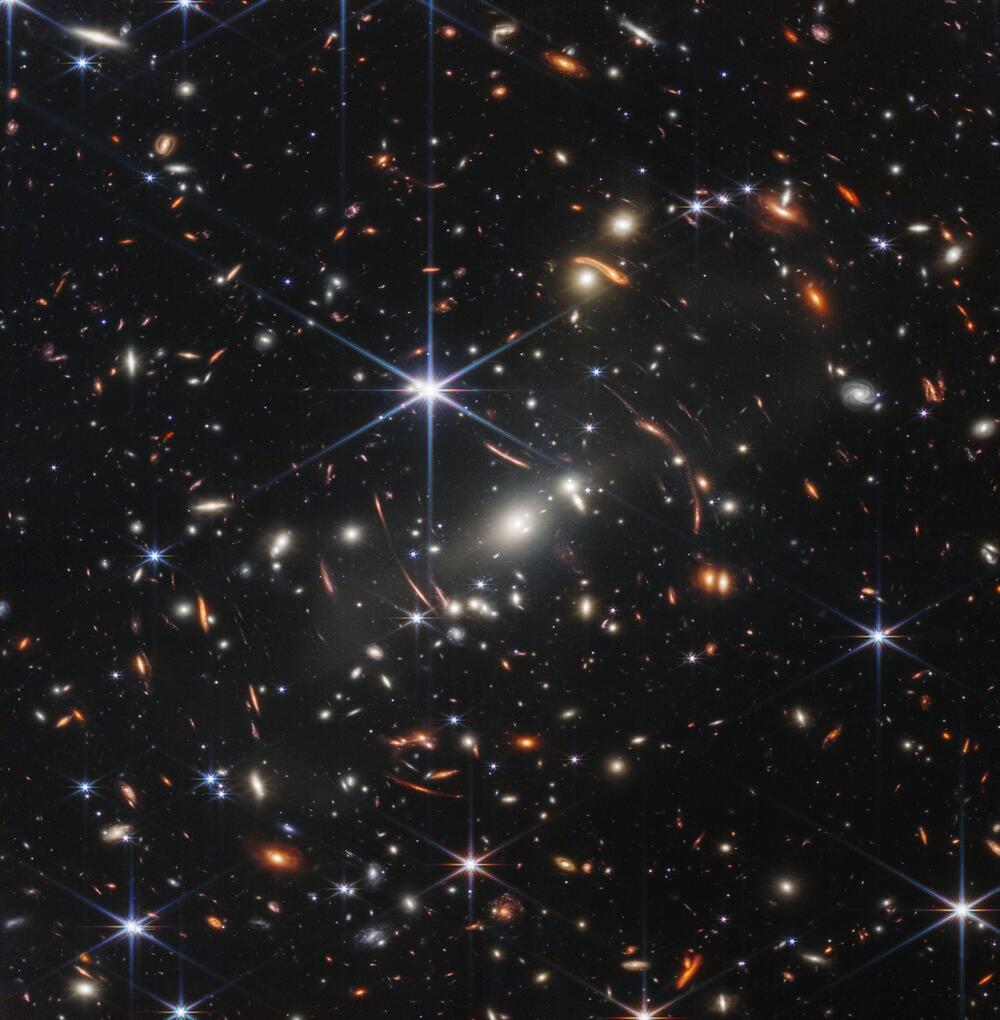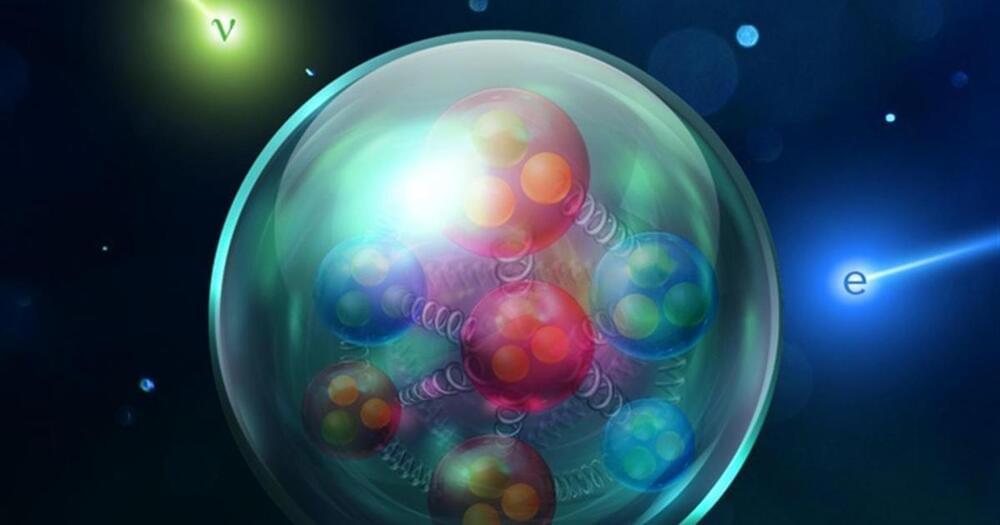Physicists at the University of Basel have experimentally demonstrated for the first time that there is a negative correlation between the two spins of an entangled pair of electrons from a superconductor. For their study, the researchers used spin filters made of nanomagnets and quantum dots, as they report in the scientific journal Nature.
The entanglement between two particles is among those phenomena in quantum physics that are hard to reconcile with everyday experiences. If entangled, certain properties of the two particles are closely linked, even when far apart. Albert Einstein described entanglement as a “spooky action at a distance.” Research on entanglement between light particles (photons) was awarded this year’s Nobel Prize in Physics.
Two electrons can be entangled as well—for example in their spins. In a superconductor, the electrons form so-called Cooper pairs responsible for the lossless electrical currents and in which the individual spins are entangled.
